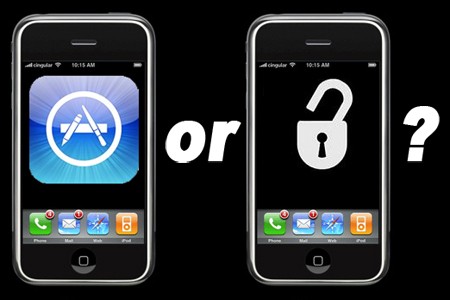
Earlier today, the iPhone Dev Team teased that they wouldn’t release their latest Pwnage Tool until Sunday. Since this was yet another in a week long bit of teasing, we were somewhat surprised when a few hours later they posted a rather relaxed Thanks for waiting :) post announcing that Pwnage Tool 2.0 is available. Here’s a direct link to the tool and a mirror courtesy of [_BigBoss_].
According to TUAW, Pwnage Tool 2.0 will activate, jailbreak, and unlock first generation iPhones running any firmware up to and including version 2.0. Unfortunately, it will not unlock an iPhone 3G (at least, not yet). iPhone 3G owners can still use the tool for activation and jailbreaking (so you can run 3rd party apps not supported by Apple and the new iPhone App Store).
So far, skimming through the 1322 comments on their announcement post, I’ve not seen any complaints or death threats about the tool bricking iPhones, but one should still proceed with caution. According to one update to the post, some people either get an error 1600 from iTunes or they notice a “failure to prepare x12220000_4_Recovery.ipsw” in the log. They’ve provided a workaround, however. If this happens to you, simply mkdir ~/Library/iTunes/Device Support or alternately nuke all the files in that already extant folder and re-run Pwnage Tool.
UPDATE: Image is from Engadget’s iPhone review we covered earlier.

















